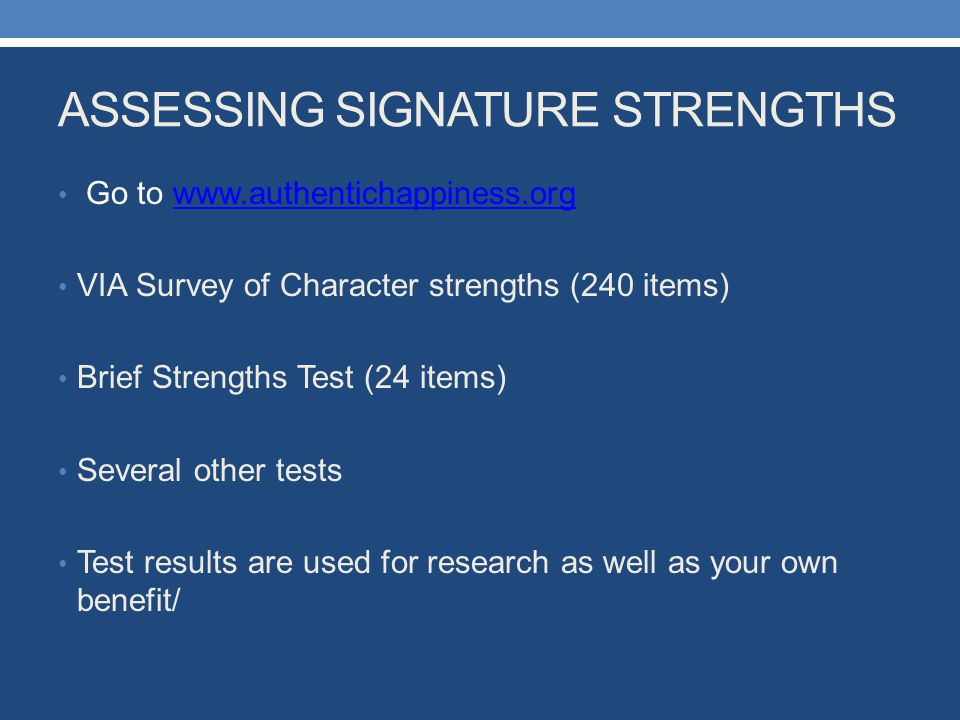Authentic Happiness Martin E P Seligman Pdf To Jpg
One of positive psychology’s founding fathers offers a new picture of the good life, and explains how each of us can cultivate it. Martin Seligman’s new book (Free Press, 2011) is full of practical, scientifically grounded wisdom about how we can go beyond being just OK with our lives and start to really thrive, creating meaning, happiness and well-being for ourselves and others. Let’s dig in to some of the life-changing Big Ideas Seligman shares with us: A Theory of Well-being One of Seligman’s main missions in Flourish is to clarify his own evolving understanding of positive psychology, and how its definition is changing. “I used to think that the topic of positive psychology was happiness, that the gold standard for measuring happiness was life satisfaction, and that the goal of positive psychology was to increase life satisfaction,” he writes. “I now think that the topic of positive psychology is well-being, that the gold standard for measuring well-being is flourishing, and that the goal of positive psychology is to increase flourishing.” There’s a big difference between the two theoretical positions, Seligman explains: Positive psychology 1.0 was focused on “authentic happiness” (the title of Seligman’s earlier book).


Authentic-happiness theory focused on simply creating and increasing life satisfaction. Positive psychology 2.0, meanwhile, is about a more broadly defined “well-being theory,” and aims to “increase flourishing” by helping us have deeper, more engaged, and more meaningful experiences, more of the time. Seligman uses the acronym PERMA to describe its key points: • Positive emotion • Engagement • Relationships • Meaning • Accomplishment Flourishing, of course, involves cultivating as much PERMA as possible. Dealing With It Well-being theory proposes that you don’t need a naturally sunny disposition to flourish. It’s all about having the right strategies. Keygen Autoradio Blaupunkt. “Think about Abraham Lincoln and Winston Churchill, two severe depressives,” Seligman writes. “They were both enormously well-functioning human beings who dealt with ‘black dogs’ and suicidal thoughts.
~ Martin Seligman (2002, p. Seligman, Martin E.P. Authentic Happiness: Using the New Positive Psychology to Realize Your Potential for Lasting. Authentic happiness by Martin Seligman covers the foundation of positive psychology principles. This post takes a look at the main points and critiques it.
So one thing that clinical psychology needs to develop in light of the heritable stubbornness of human pathologies is a psychology of ‘dealing with it.’ We need to tell our patients, ‘Look, the truth is that many days — no matter how successful we are in therapy — you will wake up thinking life is hopeless. Driver Converter Stick Ps2 Bios more. Your job is not only to fight these feelings but also to live heroically: functioning well even when you are very sad.’” Seligman offers this wisdom in the context of his own challenges with pessimism, telling us that “strong biological underpinnings predispose some of us to sadness, anxiety, and anger,” and that most likely, these traits “can only be ameliorated, not wholly eliminated.” That’s really important. It helps to realize that most of us are never going to get rid of all unpleasant thoughts and feelings.